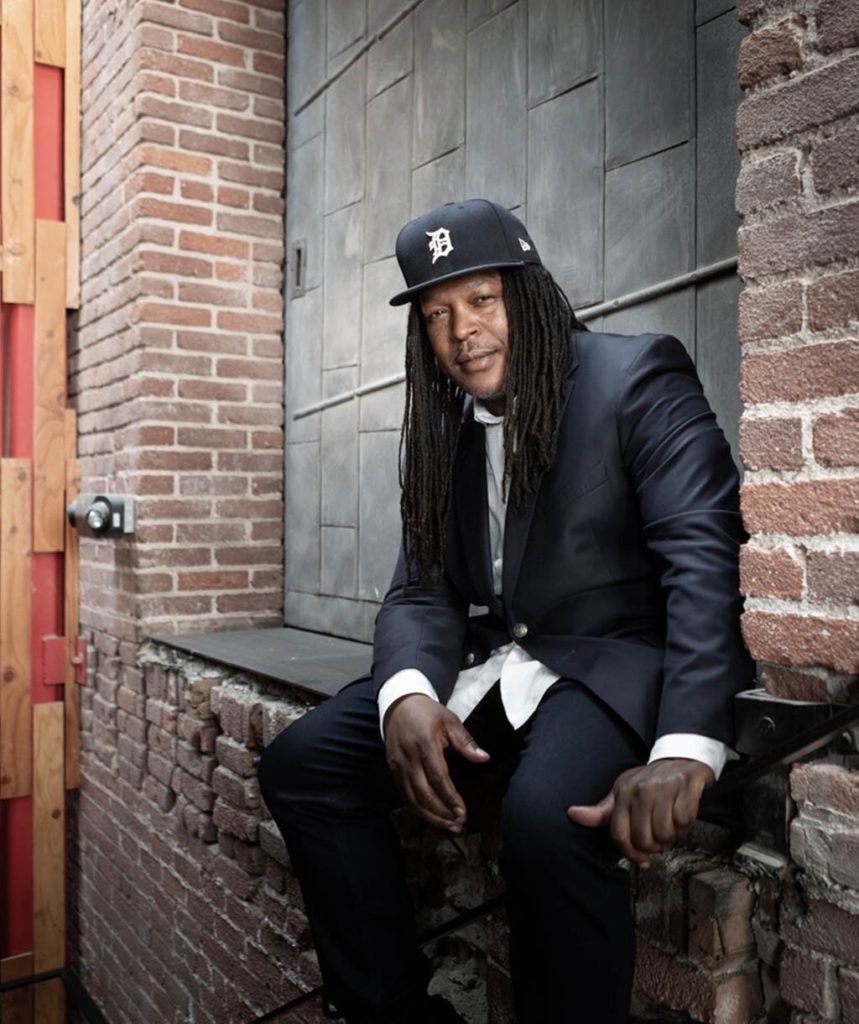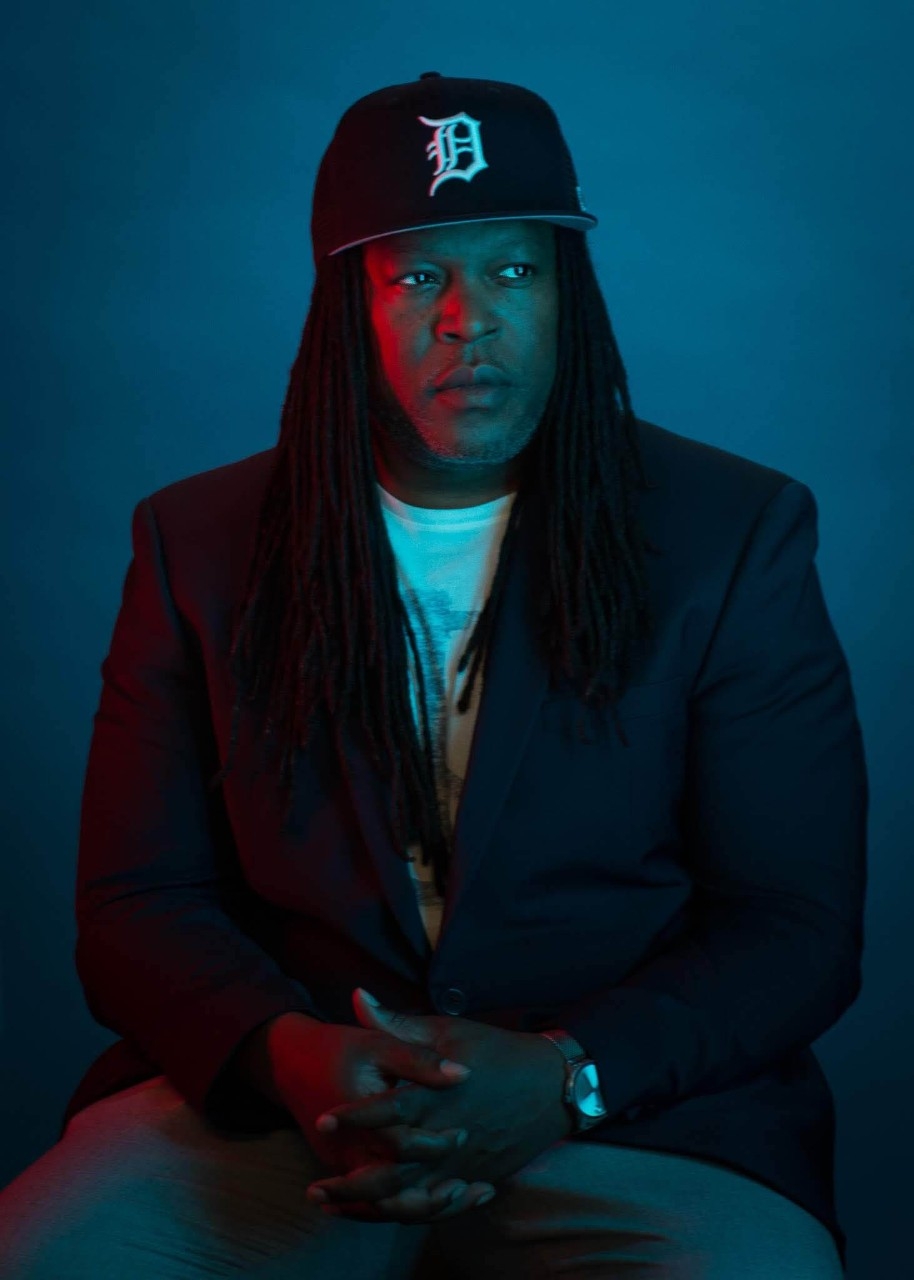A voice for the incarcerated
A conversation with Shaka Senghor

Criminal justice reformer Shaka Senghor spent 19 years in prison for murder. He grew up in Detroit in a middle-class Black family, was a smart child and did well in school, he told contributing editor Paul Costello. But when he was 13, he ran away to escape abuse in his home and ended up involved in the illegal drug trade.
At 19, he shot and killed a man — a result, he said, of the horrible consequences of that dark and dangerous life.
Incarcerated for the crime and released from prison in 2010, Senghor is a different man today. He is a strategist, mentor, motivational speaker and author — his best-selling memoir, Writing My Wrongs, about life, death and redemption in prison, was published in 2016.
He has dedicated himself to helping young people avoid the mistakes he made that landed him in prison, to enabling others to see the humanity of incarcerated people, and to closing down the pipeline of young Black men into the criminal justice system.
The U.S. Sentencing Commission has found that Black men serve longer sentences than white men for the same crimes. Black people make up a disproportionate amount of the nation’s prison population, representing 12% of the total U.S. population but 33% of the federal and state prison population, according to a Pew Research Center report of 2018 data.
With COVID-19 ravaging incarcerated populations — according to an April 10 New York Times report, one in three inmates in U.S. state prisons are known to have had the virus — Senghor is also working with Stanford Medicine researchers to stem its spread in jails and prisons in California.
Costello spoke with Senghor in November about his life, activism and the Stanford project. This Q&A was edited and condensed from that conversation.
Costello: As a young boy, you dreamed of becoming a doctor. What happened?
Senghor: Being a doctor was rooted in my idea of helping people. When I was around 13, I was seduced by the drug culture and experienced all sorts of negative consequences. I was nearly beaten to death, robbed at gunpoint, was shot at age 17; and eventually I shot a man, tragically causing his death. I was sentenced to 17 to 40 years in prison. I was released in 2010 after 19 years there, seven in solitary confinement. It’s taken me years to reconcile what my life was back then.
“Being a doctor was rooted in my idea of helping people. When I was around 13, I was seduced by the drug culture and experienced all sorts of negative consequences.”
Criminal justice reformer Shaka Senghor
Costello: How did you change your life after you left prison?
Senghor: I began immediately to do work in my community that would help other young people who started with a dream avoid the nightmare that I experienced. I’ve been a mentor, a leader of several organizations as a strategist and partner in criminal justice reform and gun violence prevention. It’s been an unbelievable 10-year journey.
Costello: You’ve been working with Stanford Medicine professors Jason Andrews and Jeremy Goldhaber-Fiebert in California correctional facilities. What does the work entail?
Senghor: It’s allowing us to track how the virus is spread in contained environments. We’re currently doing antibody testing in county jails and trying to build that out to extend to prisons. It’s been a little bit of an uphill battle to get access.
Costello: Why an uphill battle?
Senghor: It points to this kind of clandestine way that prisons have operated in this country, where they limit access, whether it’s to the media or outside agencies just trying to do good work and help public safety. It’s sad that we have to fight these battles when this is really about public safety.
It’s not about shaming the system or having an “I got you” moment. It’s saying, “Hey, if we can track and figure out how this is spread in the environment, maybe we can have something to share with society to better protect people from contracting the virus in the first place.”
“Unfortunately, we literally have a human rights crisis inside prisons throughout the country.”
Shaka Senghor
Costello: A California State Appeals Court said in October that state officials acted with “deliberate indifference” to the health of prisoners at San Quentin State Prison, where 75% of the incarcerated men had COVID-19 at the peak of an outbreak there this summer, and more than 28 had died from it. Is California prisons’ management of the pandemic indicative of how it’s playing out in prisons in the rest of the country?
Senghor: Unfortunately, we literally have a human rights crisis inside prisons throughout the country. The way it has been handled is problematic in several ways. We’re finding a consistent theme: Governing parties have been slow to act, and they have not been very transparent about the steps they’ve taken to prevent the spread of the virus.
In some instances, they’ve made very poor decisions, including transferring people who contracted COVID-19 to prisons where there were no outbreaks prior to these transfers. There’s not a great deal of public oversight. Until we have that, we’ll continue to find ourselves reacting as opposed to being proactive in our approach to problem-solving.
Costello: You must often hear, “Prisoners deserve whatever happens to them. Prisons are not a societal priority.”

Senghor: Well, if you scare people into believing that anybody who gets out of prison is going to cause further harm, it’s hard to be empathetic and compassionate. Over 90% of incarcerated people will get out. We have a responsibility as a society to ensure that they are coming home healthy and whole, and that they have the skill sets and tools to reenter society after being in a very barbaric environment.
Costello: A key to successful rehabilitation is a strong connection to family. COVID’s isolation has fractured that bond. What’s the impact?
Senghor: It’s devastating. I talked to a friend recently who told me he hadn’t seen his wife in six or seven months. She’s constantly in a state of worry about his health and well-being.
The flip side of that is the concern incarcerated people have for aging parents or others in their family who are vulnerable to the virus. Often, if someone in their family becomes critically ill with COVID, there’s little chance to see them again before they die.
Costello: You often say, “No one is the worst thing they’ve ever done.” What does that mean?
Senghor: I have an inherent belief that none of us arrives at our worst moment without a lot of bad things happening in our life. If you walk backwards from a person’s worst moment, you’ll realize they were victims of very traumatic experiences.
Once a person reconciles with that moment, begins to take proactive steps toward healing and is accountable, society, at some point, has to create space for them to redeem themselves.

